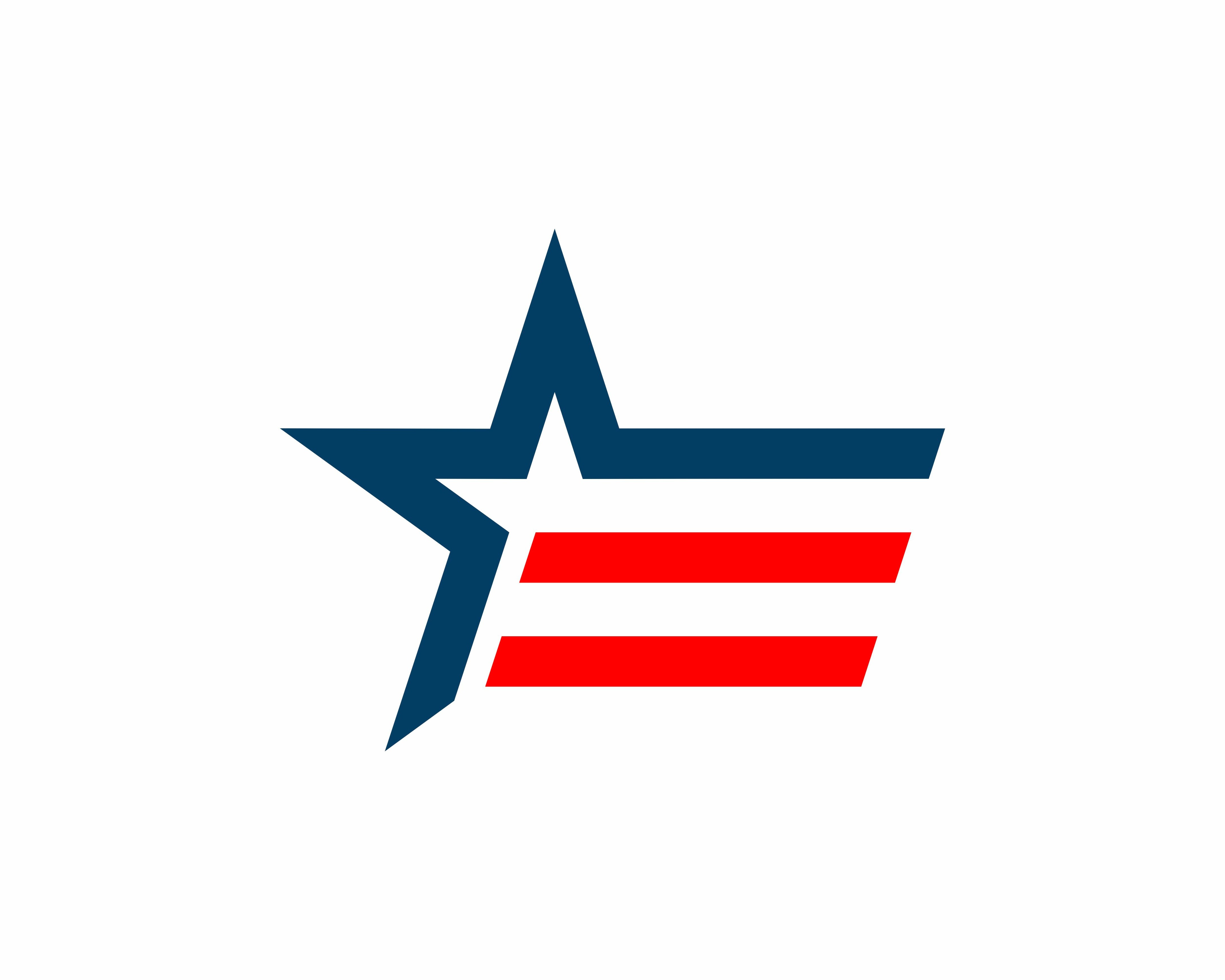
Mastering Tax Estimation: A Freelancer’s Guide to Form 1040-ES
Navigating the world of taxes, including complexities like federal tax, can be daunting, especially for freelancers whose income streams often lack the predictability of traditional employment. One essential tool in this journey is Form 1040-ES, designed to help individuals estimate and pay quarterly taxes on income not subject to withholding. Understanding and accurately utilizing this form, along with keeping track of due dates, is crucial to avoid unexpected tax bills and potential penalties.
The Essentials of Form 1040-ES
Form 1040-ES is a pivotal resource for freelancers and other individuals with income not subject to withholding. This includes earnings from self-employment, interest, dividends, rents, and alimony. The form provides worksheets to help estimate federal tax owed and includes payment vouchers for mailing quarterly payments, ensuring you handle tax withholding efficiently for non-traditional income streams. By mastering this form, you can take control of your financial future and avoid the stress of unexpected tax liabilities.
The Importance of Accurate Tax Estimation for Freelancers
Freelancing offers the freedom to pursue your passions, but it also comes with the responsibility of managing your own taxes, including understanding eligibility for potential tax refunds. Accurate tax estimation is vital to avoid underpayment penalties, which have been increasing due to rising interest rates. In 2023, the average estimated-tax penalty rose to about $500, affecting 14 million filers and totaling $7 billion in penalties. This underscores the importance of staying on top of your tax obligations to protect your hard-earned income.
Steps to Accurately Estimate Taxes Using Form 1040-ES
1. Calculate Expected Adjusted Gross Income (AGI)
Begin by estimating your total income for the year, including all freelance earnings and other income sources. Adjusted Gross Income (AGI) is your total income minus specific deductions. Be mindful of the standard deduction amounts for 2024, which are $14,600 for single filers, $29,200 for married couples filing jointly, and $21,900 for heads of households. These deductions can significantly impact your taxable income.
2. Determine Taxable Income
Subtract deductions from your AGI to arrive at your taxable income. Consider contributing to retirement accounts like a traditional Individual Retirement Account (IRA) or a Health Savings Account (HSA) to lower your taxable income. For 2024, individuals can contribute to these accounts until tax day, providing a valuable opportunity to reduce your tax burden while saving for the future.
3. Compute Estimated Tax Liability
Use the IRS tax tables or the Tax Computation Worksheet provided in Form 1040-ES to calculate your estimated federal tax based on your taxable income. The worksheet incorporates the current year’s tax brackets and rates to provide an accurate estimate of your liability. This step ensures that you are setting aside the correct amount for your estimated tax payments and quarterly payments.
4. Account for Self-Employment Tax
Freelancers are responsible for paying both the employee and employer portions of Social Security and Medicare taxes, commonly known as self-employment tax. This rate is 15.3%, covering 12.4% for Social Security and 2.9% for Medicare. Form 1040-ES includes a section to calculate this amount, ensuring you are fully prepared for your tax obligations.
5. Factor in Tax Credits and Withholdings
If you’re eligible for tax credits, such as the Child Tax Credit or Education Credits, include them in your calculations to reduce your overall liability. Also, if you have other income sources subject to withholding, such as a part-time W-2 job, account for the taxes already withheld. These adjustments can significantly impact your estimated tax payments.
6. Divide Payments Into Four Quarters
Once you calculate your total estimated federal tax liability for the year, divide it by four to determine the quarterly payments. Payments are due on April 15, June 15, September 15, and January 15 of the following year. If a due date falls on a weekend or holiday, the payment is due the next business day. Timely payments help you avoid penalties and maintain financial stability.
Tips for Avoiding Common Freelance Tax Mistakes
Track Income and Expenses Year-Round
Freelancers should maintain meticulous records of all income and deductible expenses, such as business supplies, home office costs, and travel expenses. Using bookkeeping software or hiring an accountant can help simplify this process. Accurate record-keeping is the foundation of effective federal tax management.
Adjust Estimates as Income Changes
Freelancers often experience unpredictable income fluctuations. Revisit your estimated tax payments each quarter, considering your tax withholding, and use Form 1040-ES to adjust payments accordingly. Staying flexible and responsive to changes in your income ensures that you remain compliant with federal tax regulations.
Set Aside a Tax Reserve
To avoid scrambling for funds when quarterly payments are due, allocate a percentage of your income (e.g., 25-30%) to a dedicated savings account for taxes. This proactive approach provides peace of mind and financial security.
Leverage the IRS Tax Withholding Estimator
This online tool helps refine your tax estimates by factoring in deductions, credits, and self-employment income. Utilizing this resource can enhance the accuracy of your tax calculations and reduce the risk of underpayment.
Avoid Penalties with the Safe Harbor Rule
The IRS allows taxpayers to avoid underpayment penalties if they pay at least 90% of their current year’s tax liability or 100% of their previous year’s taxes (110% for high earners). Understanding and applying this rule can protect you from costly penalties.
Tools and Resources for Freelancers
Navigating the complexities of freelance taxes requires the right tools and resources to ensure accuracy and compliance.
- Form 1040-ES Worksheet: This invaluable worksheet is designed to help you calculate estimated payments and gain a clear understanding of your federal tax obligations. By using it regularly, you can stay on top of your financial responsibilities and avoid any surprises come tax season.
- IRS Tax Withholding Estimator: Available for free on the IRS website, this powerful tool allows you to refine your tax calculations by factoring in deductions, credits, and self-employment income. It offers a user-friendly interface that simplifies the process of estimating your tax liability, providing peace of mind and confidence in your financial planning.
- Tax Preparation Software: These platforms are tailored to guide freelancers through the intricacies of estimated tax payments, helping you maximize deductions and streamline the filing process. By leveraging technology, you can efficiently manage your tax obligations, freeing up more time to focus on growing your freelance business.
Equipped with these resources, freelancers can transform the often daunting task of federal tax management into a structured and manageable process.
Frequently Asked Questions (FAQs)
What happens if I miss a quarterly estimated tax payment?
If you miss a quarterly payment, the IRS may charge penalties and interest on the amount due. It’s important to pay as soon as possible to minimize these charges.
How do I know if I need to file Form 1040-ES?
You are required to file Form 1040-ES if you expect to owe at least $1,000 in taxes after subtracting any withholding and refundable credits.
Can I pay my estimated taxes online?
Yes, the IRS offers several online payment options, including Direct Pay and the Electronic Federal Tax Payment System (EFTPS). These platforms provide instant confirmation and ensure timely payments.
Transforming Tax Season into a Manageable Task
Accurate tax estimation, including making timely estimated tax payments, is critical for freelancers to stay compliant with IRS regulations and avoid penalties. By leveraging Form 1040-ES and implementing the tips outlined above, you can confidently manage your tax obligations throughout the year. Prioritize tracking your income, revisiting your estimates regularly, and utilizing available tools and resources to simplify the process.
With proper planning and discipline, tax season can transform from a dreaded chore to a manageable aspect of your freelancing journey. Embrace the opportunity to take control of your financial future, and let the freedom of freelancing empower you to achieve your goals.
Need More Time to Finish your 2024 Tax Return? File a Tax Extension & Delay Tax Day until October 2025.
Get an instant 6-month extension in just 5 minutes, with no IRS explanation needed. The fast, streamlined online process makes filing simple, so you can avoid penalties and get extra time to prepare.
Get Started
